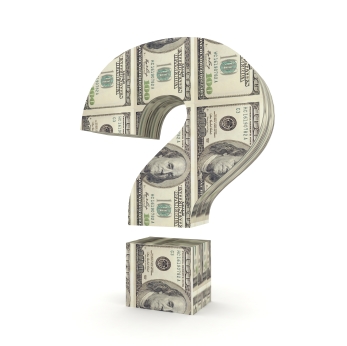The good news is that US credit card debt is at its lowest level since 2004. The bad news is that this appears to have little to do with the fact that Americans are paying off their credit card balances and more to do with the fact that banks are writing them off as bad debts.
During late-2008 card debt reached an all-time high in the US as it hit a staggering $975 billion, a milestone that prompted the US census bureau to estimate that this debt would most likely rise to $1.117 trillion by the start of 2011.
Not only did this situation fail to materialize but quite the opposite appears to have happened.
Figures from the start of this year have revealed that credit card debt now stands at $795 billion, a seven-year low, and that it has actually been in steady decline for over a year now.
On the surface this steady decline would suggest that Americans are paying down their credit card debt but, as a study of Federal Reserve data carried out by cardhub.com found, the reality is that the decrease is a result of borrowers defaulting on their debt.
It appears that lenders now find themselves in a position whereby they feel that they have no option but to write of swathes of credit card debt in the hope that they can lower the deficit by writing off bad debts at a faster rate than consumers can amass new debt.
It is unclear as to whether this strategy is actually working for the banks as, although the overall level of debt decreased, 2010 saw existing borrowers build up an additional $8.1billion in new credit card debt.
This accumulation of new debt has not been witnessed since 2008 and could be a signal that consumer confidence is improving and that people are moving on from the worries of recession.
All of which sounds like good news.
But, even if this is the case, it cannot be taken as an indication that the green shoots of economic recovery will be visible any time soon as this is surely a situation that cannot be sustained over a prolonged period of time.
Although the figures look good and consumers are ridding themselves of debt, if this is being achieved through charge-offs and not as a result of borrowers paying off their debts, then there has to come a tipping point
And if you’re not convinced that this model of debt reduction is not sustainable then consider that although the banks wrote off a total of $75 billion in credit card debt in 2010, the actual debt levels only decreased by $67 billion.
But, for the time being at least, there doesn’t appear to be any grounds for concern as many of the banks are still in profit.
And the increase in consumer confidence witnessed last year, coupled with a drop in unemployment figures could give the economy a much needed shot in the arm.
If this is the case then it is hoped that the lessons of the past will be noted and we don’t return to a situation whereby consumers can rack up insurmountable levels of debt through a tapping of the housing market and the ability to take out easy credit.
Article written by Les Roberts, writer at Moneysupermarket.com, the UK’s number one independent price comparison website where you can compare balance transfer credit cards and other financial products.
Photo Credit: Michael Swan on Flickr

